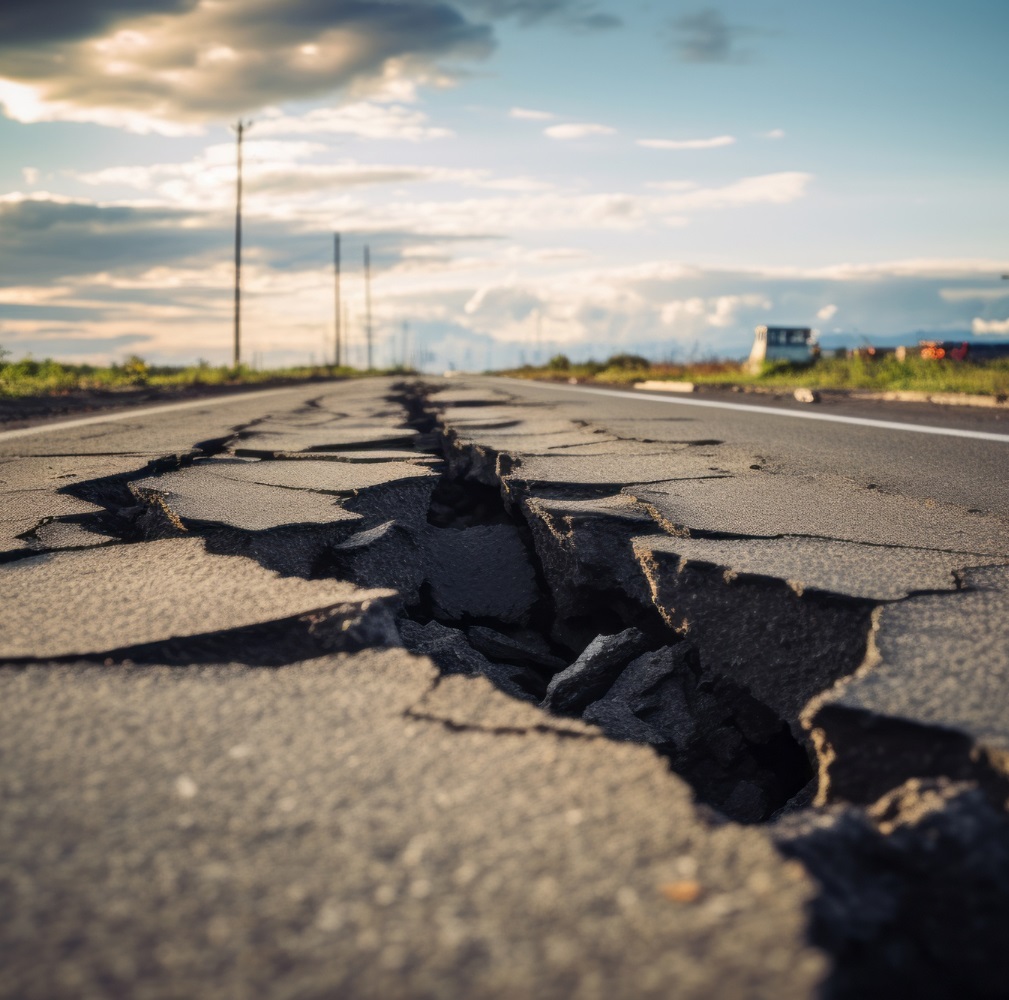Iceland prepares for possible volcanic eruption after around 800 earthquakes in 14 hours jolt the country
Icelandic authorities are preparing for a possible volcanic eruption in the southwest of the island after a series of earthquakes and magma flow. The fishing town of Grindavik has been evacuated, and experts warn of potential heavy damage to the town and nearby tourist destinations.
After experiencing a series of earthquakes and a flow of magma, Icelandic authorities said they have begun preparations for the safety of citizens in view of a possible volcanic eruption in in the southwest of the island in the coming days.
Iceland's Civil Protection Agency overnight ordered a complete evacuation of Grindavik, a fishing town of around 3,000 residents.
According to experts, Grindavik town, located near the capital Reykjavik could be heavily damaged by a volcano eruption.
Iceland declares state of emergency after 800 tremors in Grindavik
Grindavik is also near the Blue Lagoon geothermal spa resort, a popular tourist destination that closed as a precaution earlier this week.
The Icelandic Meteorological Office said there was a "considerable" risk of an eruption on or just off the Reykjanes peninsula due to the size of the underground magma intrusion.
"The magma is now at a very shallow depth, so we're expecting an eruption within a couple of hours at the shortest, but at least within a couple of days," an expert told AFP news agency.
The Reykjanes region has seen several eruptions in unpopulated areas in recent years. The latest is expected to begin on the seabed just southwest of Grindavik, the meteorological office said.
Scientists unearth 155 million-year-old lost continent ‘Argoland’
Reykjanes is a volcanic and seismic hot spot southwest of the capital Reykjavik.
So far three eruptions have taken place on the Reykjanes peninsula in recent years near the Fagradalsfjall volcano: in March 2021, August 2022, and July 2023 -- all far from any infrastructure or populated areas.
In March 2021, lava fountains erupted spectacularly from a fissure in the ground measuring between 500 and 750 metres long in the region's Fagradalsfjall volcanic system.
5 common myths about earthquake
The Fagradalsfjall system, which is around 6 km wide and 19 km long, had remained inactive for more than 6,000 years before the recent eruptions.
Volcanologists believe the new cycle of increased activity could last for several decades or centuries.
Situated in the North Atlantic, Iceland straddles the Mid-Atlantic Ridge, a crack in the ocean floor separating the Eurasian and North American tectonic plates.
A massive eruption in April 2010 at another Iceland volcano -- Eyjafjallajokull, in the south of the island -- forced the cancellation of some 100,000 flights, leaving more than 10 million travellers stranded.

